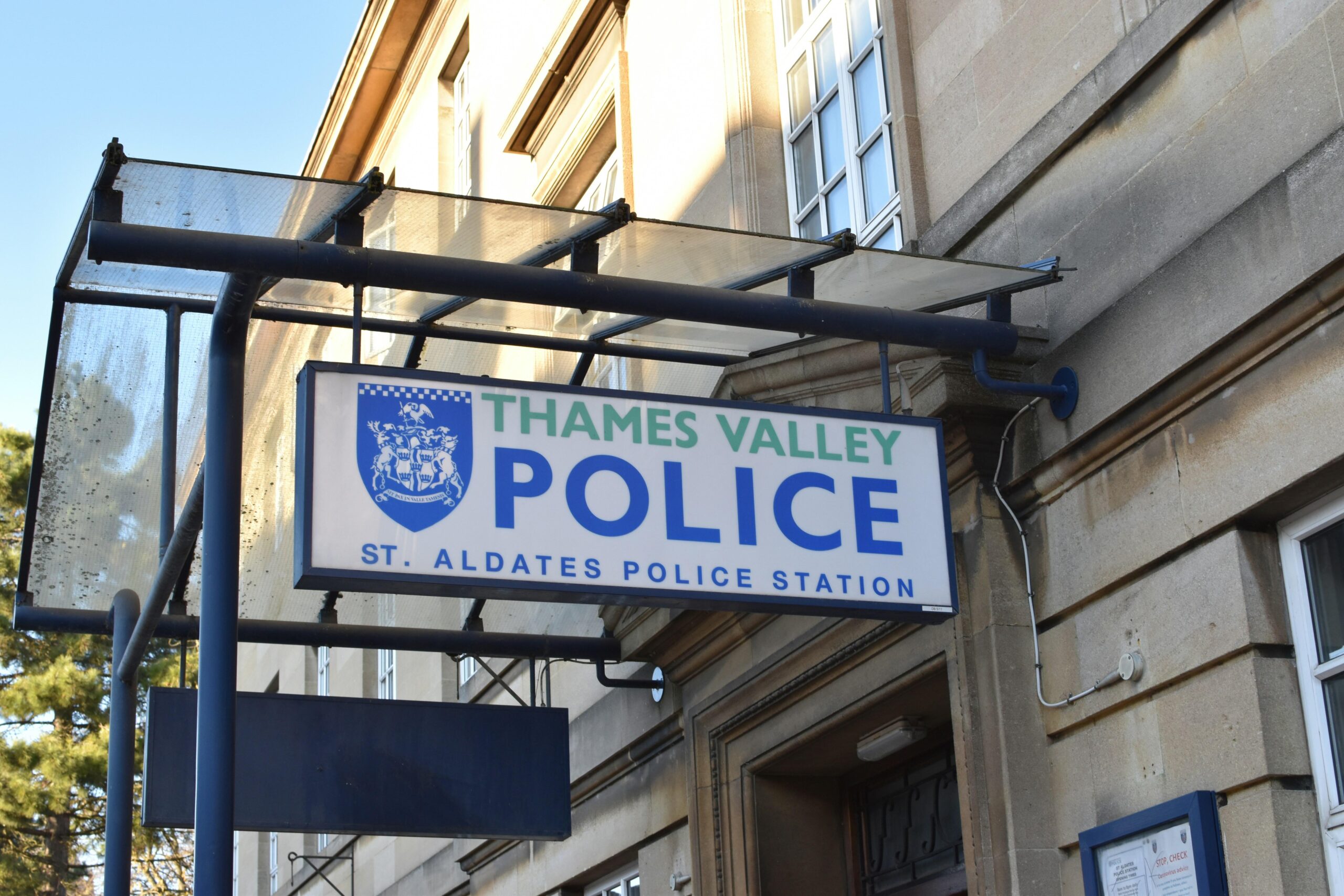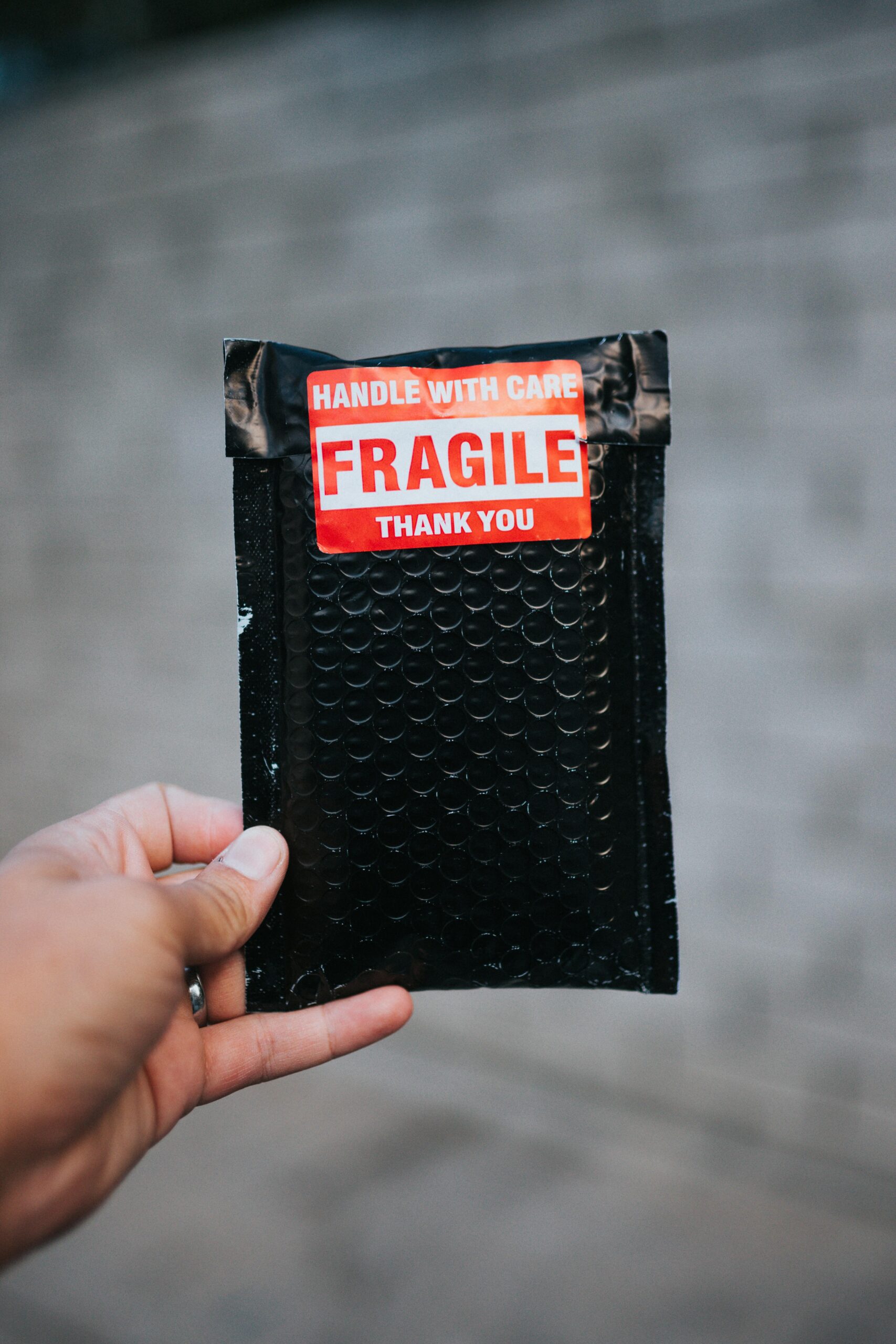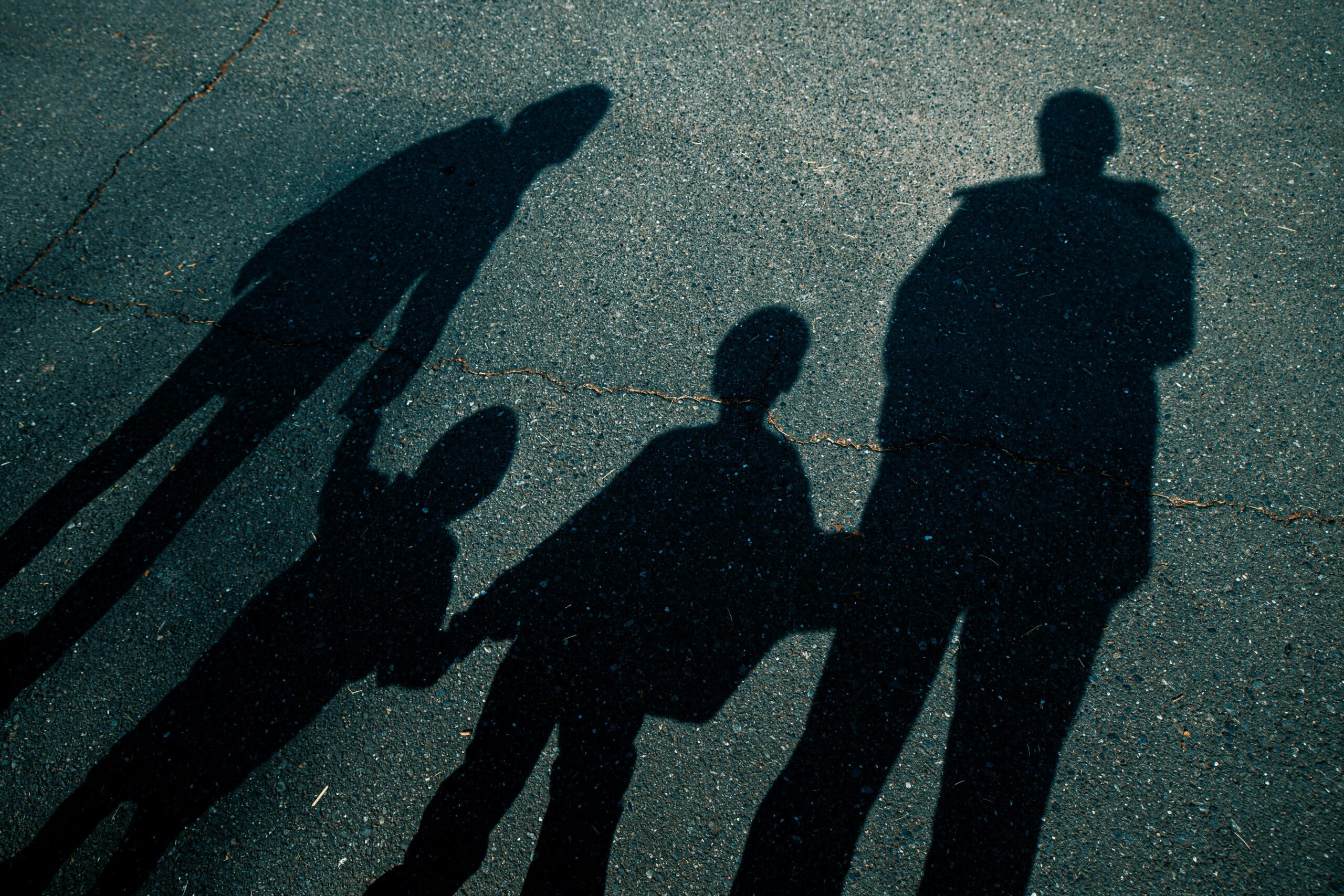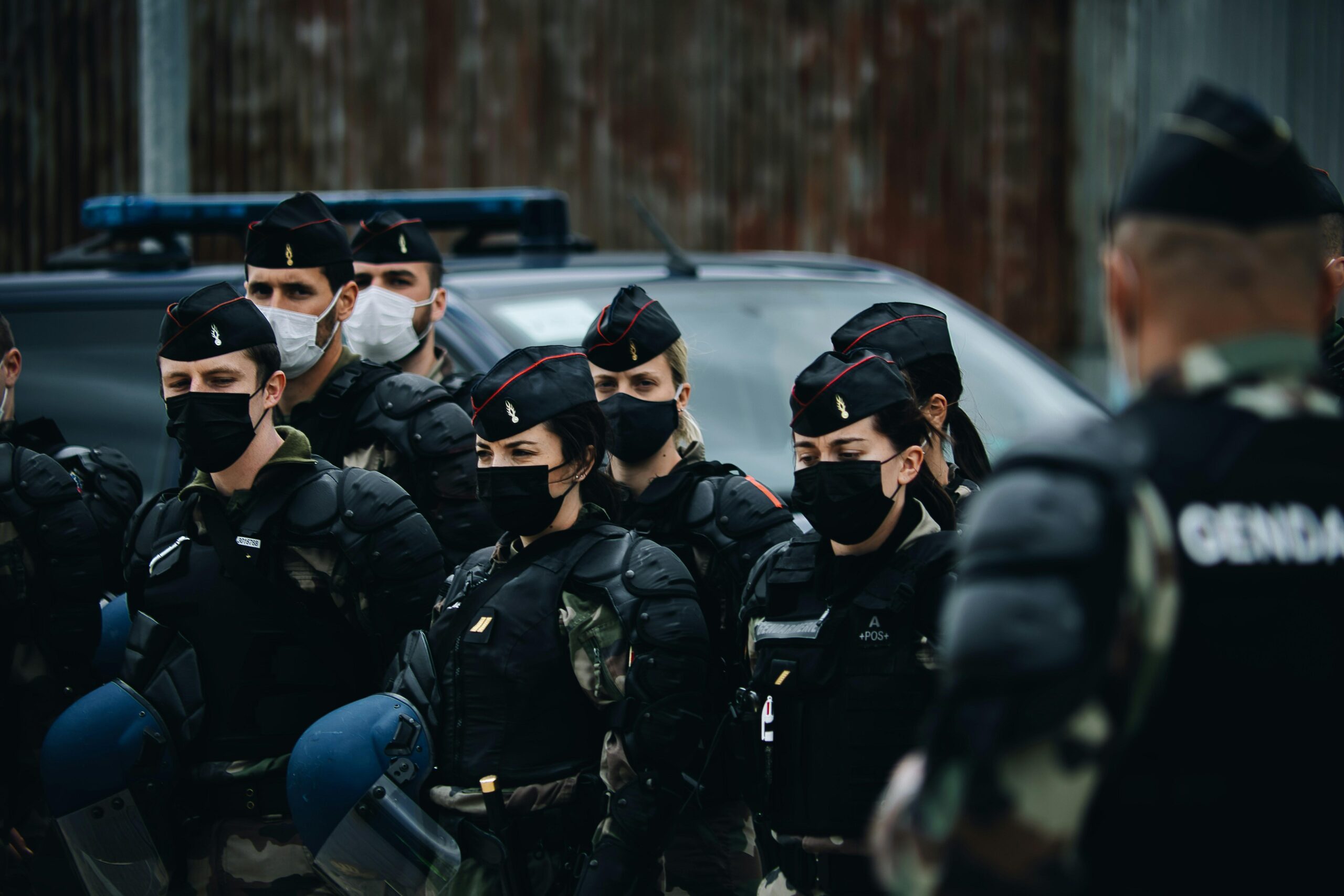Ever wonder what really happens behind the scenes when police launch a criminal investigation? Beyond the flashing lights and sirens lies a complex and methodical process that unravels mysteries piece by piece. From the first call to the final arrest, every step is carefully crafted to uncover the truth. Join us as we dive inside the intriguing world of criminal investigations and discover how law enforcement works tirelessly to bring justice to light.
Table of Contents
- Unraveling the Crime Scene What Investigators Look for First
- Decoding Evidence How Forensic Science Cracks the Case
- Interviewing Witnesses Techniques That Uncover the Truth
- Behind the Badge Building Trust for Better Community Cooperation
- To Conclude
Unraveling the Crime Scene What Investigators Look for First
When arriving at a crime scene, investigators are trained to spot the smallest details that might unravel the bigger picture. Their eyes dart around, seeking anything out of place—broken glass glinting in the faint light, an overturned chair, or an unusual footprint leading away from the scene. Every trace, no matter how minute, holds potential clues. Dust, fibers, or even the scent lingering in the air can be the silent witnesses to what transpired. This initial sweep is pivotal; detectives sketch the environment with acute precision, capturing the raw chaos before it is disturbed.
Once the visual overview is taken, the team dives into systematic evidence collection, anchored by order and method. They focus on:
- Locating physical evidence like weapons, fingerprints, and DNA samples
- Documenting the position of key objects
- Interviewing any immediate witnesses or on-site personnel
- Examining entry and exit points for signs of forced access
Every piece is meticulously cataloged, creating a narrative map that connects dots — turning a silent scene into a story waiting to be told.
Decoding Evidence How Forensic Science Cracks the Case
Every crime scene is a puzzle waiting to be solved, and forensic science is the master key that unlocks hidden truths. From hair strands to microscopic particles, trace evidence can reveal the unseen connections between the suspect and the scene. Experts meticulously collect samples, preserving their integrity with cutting-edge sterilization and packaging techniques. In the lab, sophisticated technologies like DNA sequencing, chemical analysis, and digital forensics transform seemingly ordinary materials into compelling narratives that pin down suspects or exonerate the innocent. It’s this invisible thread of science that stitches the fabric of justice together.
Behind the scenes, forensic investigators rely on a systematic approach to decode the evidence. This includes:
- Classification: Sorting evidence by type to prioritize tests and scrutiny.
- Comparison: Matching collected samples against known databases or suspects’ profiles.
- Interpretation: Understanding the scientific findings in the context of the crime.
Each step demands precision and an unyielding commitment to detail, illustrating how forensic science doesn’t just support an investigation—it drives it forward, illuminating the path from mystery to resolution.
Interviewing Witnesses Techniques That Uncover the Truth
When speaking with witnesses, officers often rely on a blend of empathy and keen observation to unlock hidden details. They create a calm and non-threatening environment, allowing witnesses to feel comfortable sharing their story without fear or judgment. This approach encourages honesty, while subtle questions are designed to gently guide memory recall. Techniques such as cognitive interviewing are employed, where witnesses are asked to reconstruct the scene in various ways—such as describing events in reverse order or from another person’s perspective. This method helps jog memories that might otherwise remain buried beneath stress or trauma.
Active listening is another cornerstone of effective witness interviewing. Detectives not only focus on what is said but also watch for body language and microexpressions that may indicate discomfort or deception. They may use soft prompts and carefully timed pauses to draw out additional information without pushing too hard. Moreover, they often take advantage of open-ended questions like:
- “Can you tell me everything you remember, no matter how small?”
- “What did you notice first when you arrived?”
- “Was there anything unusual that caught your attention?”
By blending these strategies, officers peel away layers of confusion, uncovering truths that piece together the real story behind the crime.
Behind the Badge Building Trust for Better Community Cooperation
Trust is the foundation upon which successful policing is built. Officers often step beyond their badges to engage with communities, fostering relationships that are not just transactional but transformational. By showing genuine respect and transparency, law enforcement can break down walls of suspicion and build bridges that invite cooperation. It’s in these moments of mutual understanding that criminal investigations gain invaluable traction, fueled by the willingness of residents to share insights and concerns.
Collaboration goes beyond the badge—it thrives on active listening and community involvement. Police departments implement various programs that emphasize:
- Community outreach events to humanize officers and create open dialogue.
- Neighborhood watch partnerships that enlist local eyes and ears in spotting unusual activities.
- Educational workshops that empower citizens with knowledge about crime prevention and reporting.
These efforts cultivate an environment where trust isn’t just earned—it’s nurtured, ensuring that when it comes time for investigation, everyone is invested in the pursuit of justice.
To Conclude
As we peel back the layers of police investigations, it’s clear that behind every solved case lies a blend of meticulous detective work, cutting-edge technology, and relentless determination. While the mysteries themselves may captivate us, understanding the intricate process behind the scenes offers a whole new level of appreciation for the dedication and complexity involved. Next time you watch a crime drama or hear about a breakthrough case, remember—it’s not just luck or instinct, but a carefully orchestrated investigation that brings justice to light. Stay curious, and keep questioning how the stories unfold beyond the headlines!












